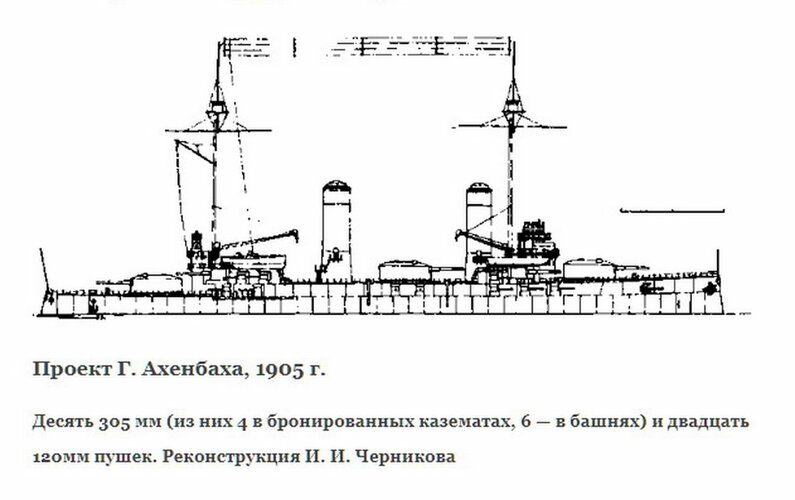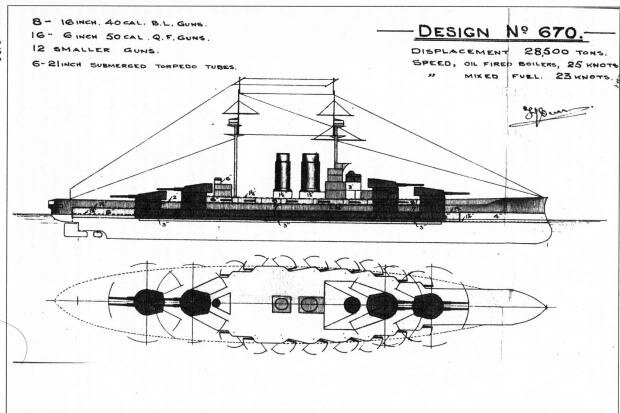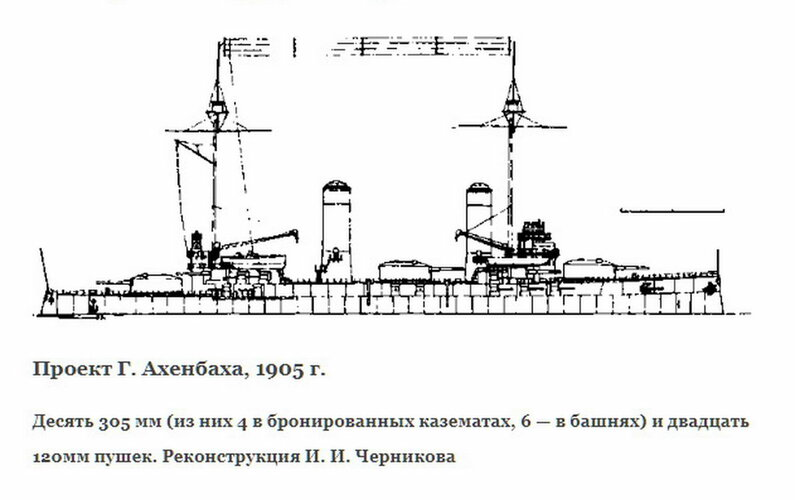- Joined
- 1 February 2011
- Messages
- 2,914
- Reaction score
- 3,527
Either a very early CODLOS (Combined Diesel-Electric or Steam), Turbo-Electirc and Diesel or Turbo-Electric and Diesel-Electric where the electric engiens were run either on Diesel or on Steam Power.
It could be done but either the steam plant is moving the ship or the Diesel but this early not both.
It could be done but either the steam plant is moving the ship or the Diesel but this early not both.
Last edited:







